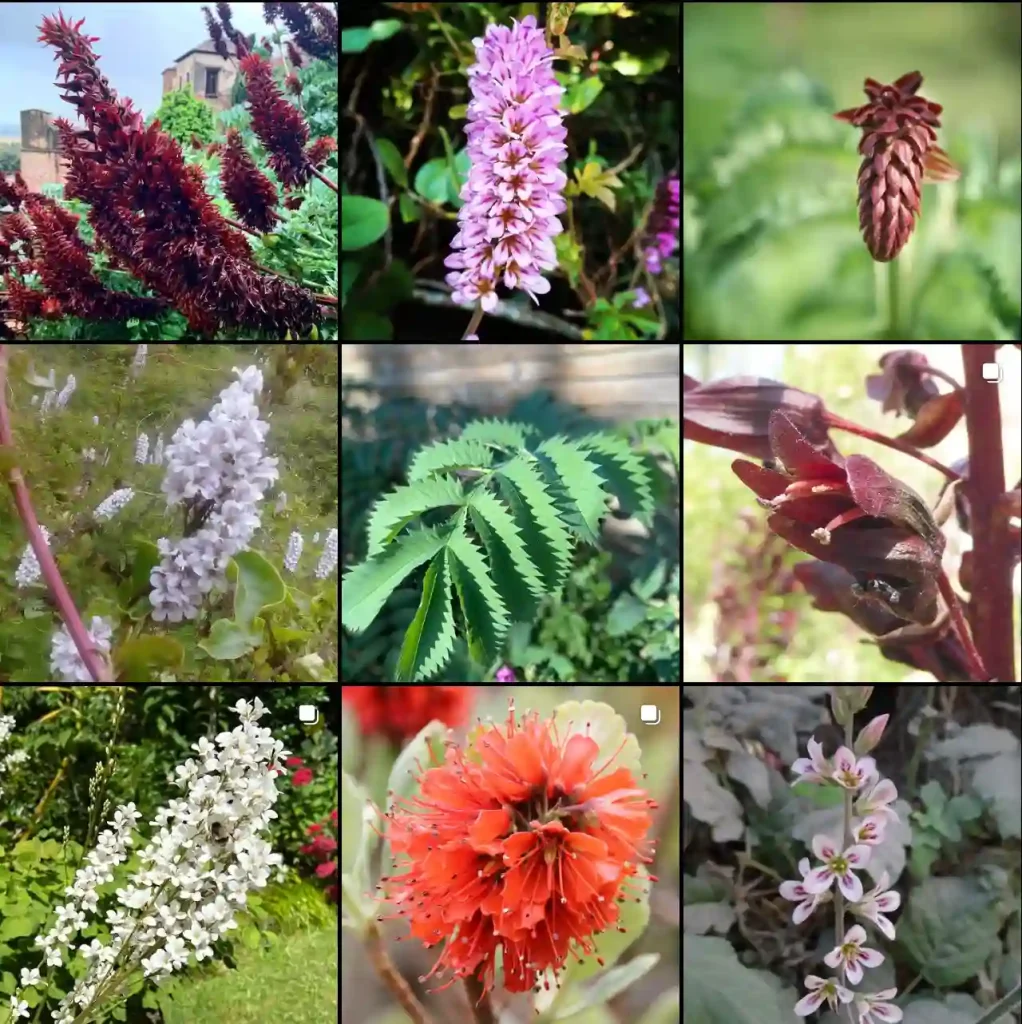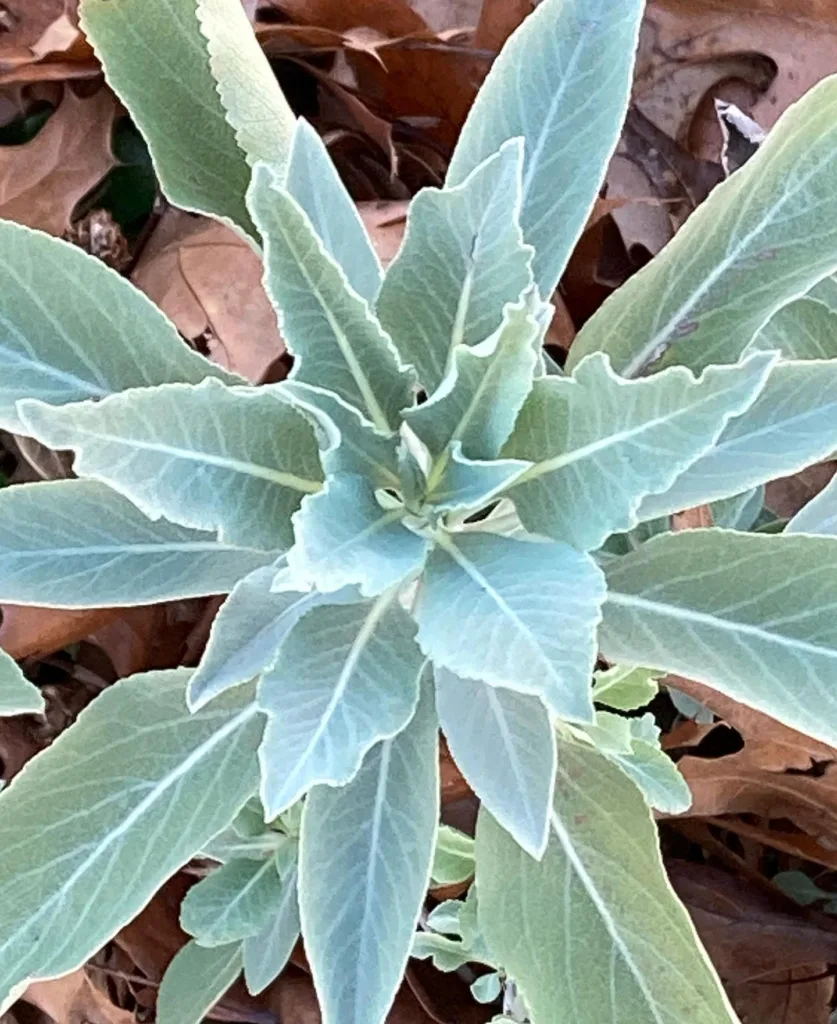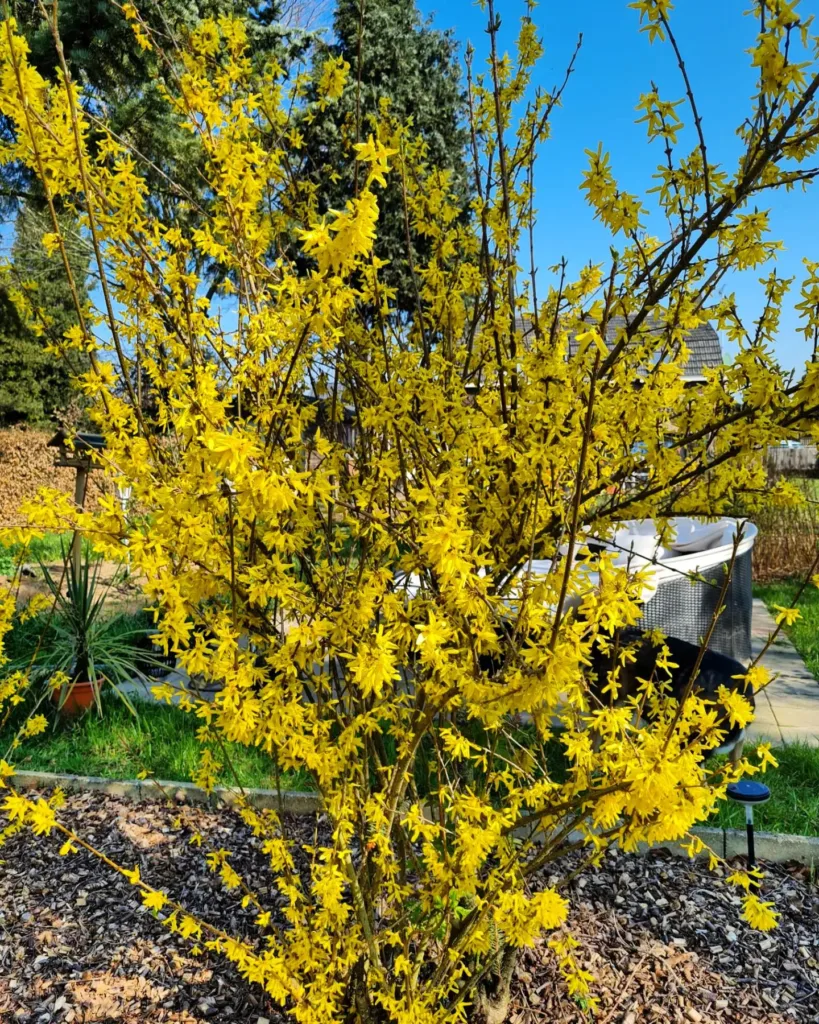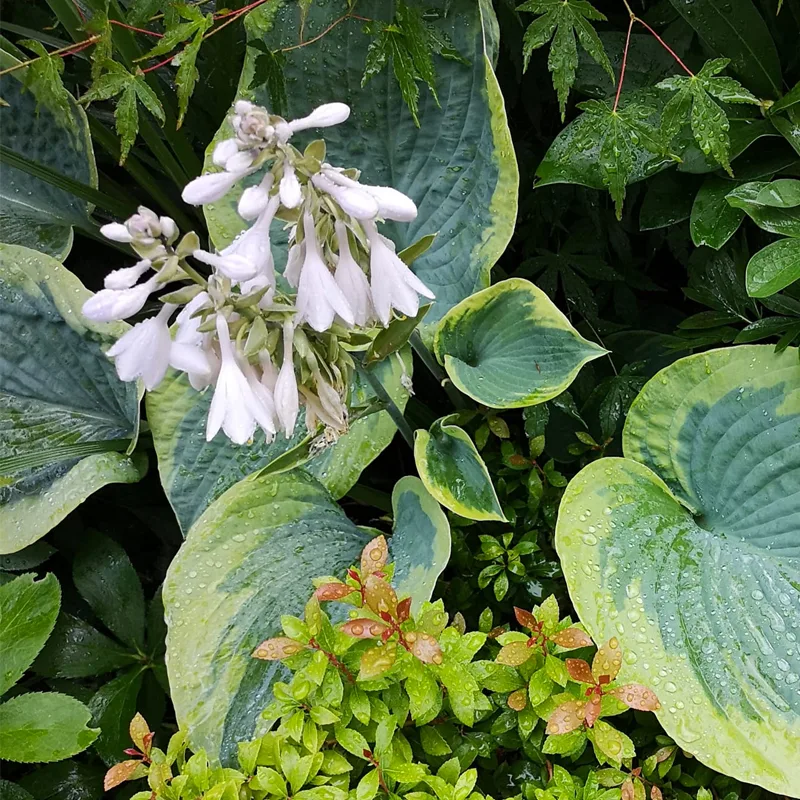Itoa: A Deep Dive with Ferb Vu
The world of plants is vast and diverse, filled with intriguing species that never cease to amaze. As an enthusiast, I’m always eager to delve deeper into the intricacies of the botanical realm. Today, I want to share my fascination with a particular genus that has captured my attention: Itoa.
Itoa, a genus belonging to the willow family (Salicaceae), is a group of flowering plants native to regions spanning from southern China to Vietnam, and further down to central and eastern Malesia and New Guinea. What makes this genus particularly interesting to me is its unique blend of characteristics that set it apart from its relatives.
Unpacking the Botany of Itoa
Itoa plants are typically deciduous trees or shrubs, characterized by their alternate, simple leaves with serrated margins. Their flowers, which lack petals, are arranged in drooping clusters known as racemes or panicles. The fruits of Itoa are small capsules that contain numerous winged seeds.
One cannot discuss Itoa without mentioning its distinctive morphology. The genus exhibits a fascinating evolutionary link to temperate trees like Carrierea calycina and Poliothyrsis sinensis. This connection is evident in their shared features, such as panicles of unisexual flowers with fleshy greenish-white sepals and the absence of petals. The egg-like fruit, which splits vertically to release winged seeds, further solidifies this relationship. The woody segments of the fruit often remain attached in a zig-zag pattern, creating a striking visual effect.
The Species in Itoa
While Itoa might not be as extensive as some other plant genera, it still boasts a fascinating array of species. Here are the currently recognized species within this genus:
- Itoa orientalis Hemsl.: This is the most common and widely recognized species. It is known for its large, ovate leaves and long, pendulous inflorescences.
- Itoa stapfii (Koord.) Sleumer: This species, native to Borneo, is distinguished by its smaller leaves and shorter inflorescences compared to I. orientalis.
- Itoa macrophylla K.S.Qin: A relatively recent addition to the genus, this species is characterized by its notably large leaves.
It’s worth noting that the taxonomy of Itoa has been subject to revisions over time. Initially placed within the Flacourtiaceae family, phylogenetic analyses have revealed its true place within the Salicaceae family. This highlights the ever-evolving nature of botanical classification and the importance of ongoing research.
The Allure of Itoa
While the flowers of Itoa may not be as showy as some of its more flamboyant counterparts, the genus possesses a unique charm. The curious greeny-white sepals, curving inwards to form a slitted globe, lend a subtle elegance. The foliage, however, is truly spectacular. The large, lush leaves create a dramatic presence, making Itoa a striking addition to any landscape.
Despite its aesthetic appeal, Itoa is not the easiest plant to cultivate. It requires specific conditions to thrive, including well-drained soil and a humid environment. This, however, has not deterred dedicated gardeners who are captivated by its unique beauty.
My Personal Connection with Itoa
My interest in Itoa stems from a deep appreciation for the understated beauty and unique characteristics of this genus. Its evolutionary connections, distinctive morphology, and challenging cultivation requirements make it a fascinating subject for botanical study and horticultural pursuit.
I believe that exploring the world of plants, even the lesser-known genera like Itoa, allows us to connect with the natural world on a deeper level. It fosters a sense of wonder and appreciation for the intricate processes that shape life on Earth.
I hope this exploration of Itoa has sparked your curiosity as well. Perhaps you’ll be inspired to learn more about this fascinating genus or even try your hand at cultivating it. The world of plants is full of surprises, and Itoa is just one of many gems waiting to be discovered.
If i die, water my plants!



